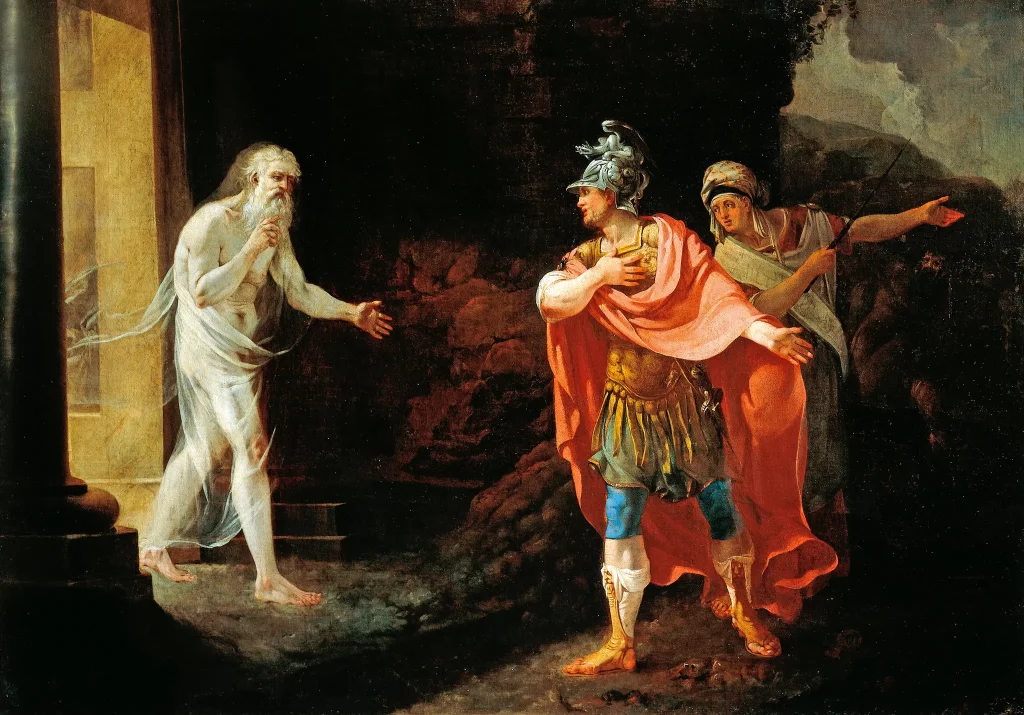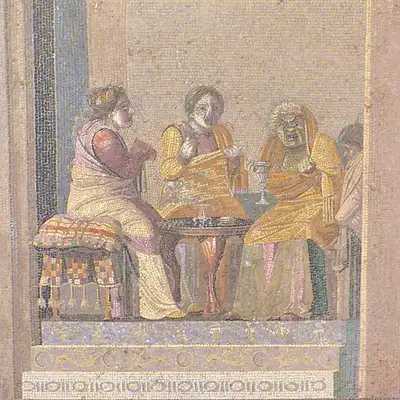As we approach the second and final GCSE literature exam and as I continue to work with a huge number of Year 11s preparing for the verse paper, I cannot help but feel a little depressed about how difficult students seem to find the process of stylistic analysis. There is no other area in which I have observed even the most brilliant of scholars to be floundering so badly. So what are we getting wrong when it comes to the teaching, or is this aspect of the exam just insurmountably difficult?
Before I make my observations I wish to say that I include myself and my own teaching in what I have to say. Throughout my career I have watched students struggle with this aspect of the examination, so my observations of my tutees who are now wrestling with this are in no way meant to imply that I think I was “getting it right” when I was at the chalkface – indeed what follows is definitely a criticism of myself and my own approaches. How I have tackled the teaching of literary criticism evolved and improved over the years and my focus now with tutees is different from how I might have approached the problem 20 years ago, but students in my class struggled just as much as I see my clients struggling now. I believe this is something that all of us in Classics education need to do better and the more I think about it the more I believe we are woefully lacking in ideas when it comes to what to do.
Below are a couple of key observations of what seems to happen in Latin classes (including my own in the past) and which I think might be compouding the difficulties that students have with this particularly challenging element of the syllabus.
First of all, many schools massively over-teach technical/rhetorical terms. This mistake is encouraged by the resources published by ZigZag, used in Classics departments across the country, which start the process of literary criticism with a baffling list of rhetorical devices which (it is implied) students must have a grasp of before they even embark on the process of responding to the literature.
A ZigZag resource I was sent for review started with 16 pages of explanation of various terms from anaphora to polyptoton, each with an accompanying activity. Students are expected to learn the meaning of all of these devices and then learn to spot them in the Latin. Full disclosure: I used to do this. Why? I have absolutely no idea. It was stupid. I probably did it partly because everybody else was doing it. Also, like many other Classics teachers, I rather like literary devices and personally gain quite a lot of geek-filled pleasure from spotting them in everyday language and popular music. He watches afternoon repeats and the food he eats is a zeugma in a song by Blur from the 1990s; you held your breath and the door for me is another great one in a song by Alanis Morisette. But do students need to know any of these stylistic terms to gain full marks in the literature questions? No, they don’t. A brief look at any mark scheme makes it clear that technical terms offer little advantage other than time-saving; if a student calls something an anaphora rather than just “repetition at the start of a line/clause” it won’t gain them any more marks. Furthermore, the mark scheme’s expectation is that students answer the question with a plausible response as to why the author did what he did, rather than simply play a game of spot-the-device. The examiner doesn’t want to see “there is anaphora in these lines”. What he wants to see is something like, “the repetition of ter … ter (three times … three times) at the start of these two lines highlights Aeneas’s desperation to embrace his father, which he tries to do in vain”. No technical terms are required – students must simply consider why Virgil chose to repeat the word ter at the start of the line. In my experience, teaching students to spot the technical devices is counter-productive: it makes them think they have made a valid point when they haven’t because they have used a clever word.
The second thing I think we get wrong is to give students too much complex information. Many of my tutees have admitted that their notes are so jumbled and full of information (and technical terms) that they can’t make any sense of them. To ask a 15-year-old to take clear, decipherable notes on such a complex topic which they will then be able to learn and apply in an examination situation is asking rather too much in my opinion. Allied to this is my belief that “learning the style notes” is simply not possible. There is way too much literature to make this a viable approach. Students instead must learn to respond to a section of the literature and say some sensible things about it under pressure.
In recent years I have tried to teach students to look for really basic techniques and encourage them to think about the author’s craft using a simple acronym: MRSVP
Meaning
Repetition
Sound
Vivid (= historic) present
Position
Meaning is at the top because students must always be able to tell the examiner what the word means (and therefore why the author has chosen to repeat it or promote it or whatever). However it is the other four points that students need to be using to be talking about style. They are things which are relatively easy to spot – is a word repeated? Has it been put at the start of a line or next to another word for a reason? Is there a sound repeated for a reason? These are the basic fundamentals of the kind of literary criticism that the examiner wants to see.
I am confident in my use of this method as a few years ago I shared it at a training day which was being run by an OCR examiner. Not only did he describe it as “brilliant” but he started using it himself – indeed, it was included in his materials at the next training session I attended. However, in my experience it is no silver bullet. I have taught the acronym to every cohort of students in my final years at the chalkface and they still found the process incredibly difficult. Now I have had time away from the chalkface to reflect, I think what I was getting wrong is not being explicit enough in training them in the process of “seeing” these things in a text. If I had my time again I would dedicate a part of a lesson to each individual device and give students multiple sections from the text and ask them to spot it – “which words are repeated in this passage?” or “find the historic present verbs in this passage.” I would then use that task – spotting one of the basic stylistic methods in a familiar passage – as a regular Do Now at the start of every lesson. Until they were frankly sick of it.
I think it was this lack of very explicit training that was the mistake on my part – finding examples seems such a simple task to a subject expert and we must remember that it is not: children need to practise how to do it. One of the most interesting things about teaching is the process of constant reflection and asking yourself how you could do something better; it is somewhat frustrating that these thoughts are coming to me with perhaps even greater ease now I have had some time away from the chalkface to reflect. I hope perhaps that others will read this and consider applying my ideas.








